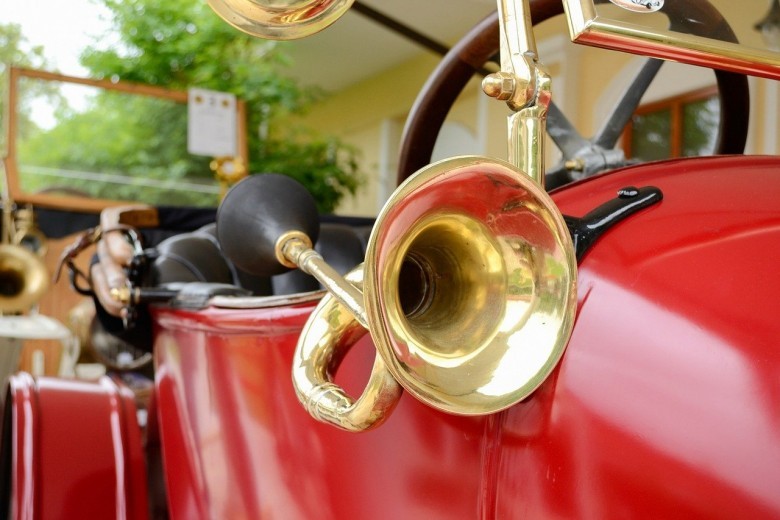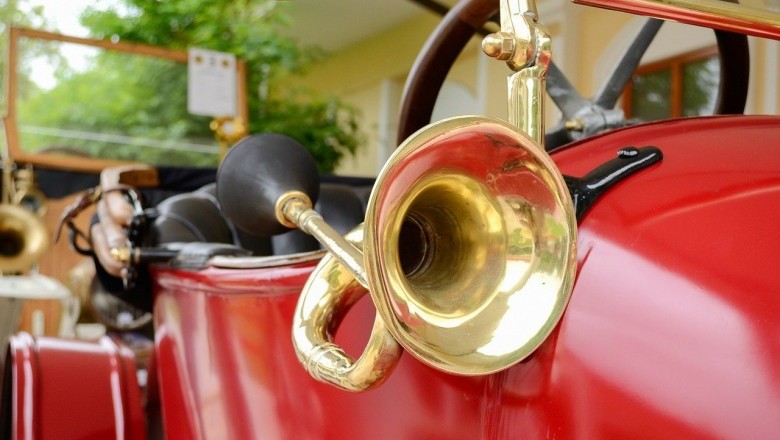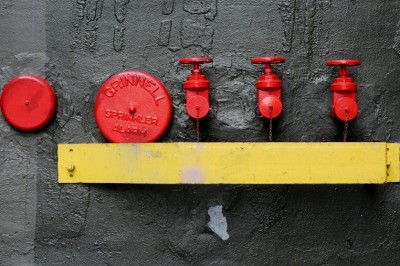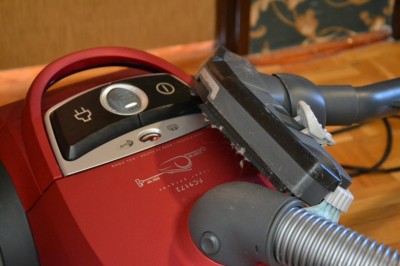
How do you test a car horn?
Seriously, how do YOU perform testing when the repair order just handed to you says the horn is inoperative? Do you have a set routine, or do you simply choose where you want to start this time? Have you ever really thought much about it that all diagnostics should follow the same routine no matter how simple they may appear to be at first, or how complex you are sure its going to be? The first step, simply try the horn and confirm the reported problem. For this exercise we will confirm the horn did not blow. Now the second step what would you do?
How many would go out to the horn (where ever its at) and check for power to it and ground for it? While some cars the horn is readily exposed, there are others that may require you to put the car on the hoist and remove splash shielding. R&R of this could take a half an hour, not to mention dealing with any fasteners that dont survive the process. Would this difference make you change your routine this time? How about listening for a relay to click when you pushed the horn pad?
Great trick until we have the relay underhood, or one that simply does not make noise so you cannot find it when you go hunting for it. You could check the fuse, of course while youre at it, be sure to check all of the fuses. Just because there are no other reported problems, it does not mean that there arent any. Would you go and get a schematic for the car and check component locations and maybe do a TSB check at this point? All of these "second" steps are typical ones that any of us have done, and frankly few of us have ever been taught to do this any differently.
The fact that some of the steps would more readily apply to other systems than just a horn is no accident, its to discuss a diagnostic strategy that will overlap many different systems. Are you ready for what the second step SHOULD be today? Open the hood, attach your current probe to the battery cable, "zero" the probe, because we dont care what current is presently flowing, and reach through the window and try the horn again. How much current did you see flow? There are basically three possible answers: 0 (zero) amps, no current flow at all, .1-.6 amps, or 3 amps or more.
This would be repeatable when you hit and release the horn pad. Lets start with the first one, no current flow at all. What did that tell you? What is your next move? Test the fuse, the relay, or the horn pad? Maybe go get a scan tool to look at scan data? See if the SIR lamp works? How about this? Look at the key fob.
Does it have a panic button on it? If so, press it and measure the results. Did the horn sound when the panic button activated? Did the resulting current flow give you any hints what to check next? Depending on the results of this second step, your next move should be to a schematic, and to I.D. component locations. You now are only looking at a fraction of the original circuit by having used a solid routine for the first couple of steps. Simple, dont you agree? Lets try another, the .1 to .6 amps current flow. What do you know as soon as you see that much current flowing when you pushed on the horn pad?
Would you need to check the fuse, the horn pad, the clock spring, or wiring in the steering column? The small current flow that you would see is the relay primary circuit that is energized by pressing the horn pad. That one move you confirmed that entire circuit, and now only have to be concerned with the "controlled" portion of the circuit, being the horn(s), their ground, and the relay output. Now lets look at the last possibility, and I used 3amps as a number I pulled out of the air. Basically when you see any current flow that proves the relay functioned, and then current should have been available to the horns, you know youre headed out to them anyway.
Three amps would suggest the likelihood of a voltage drop occurring where there is a complete circuit, but insufficient current flow for the horns to blow. Six or more amps basically gives you total assurance of not only a complete circuit, but dead horn(s) and it didnt take you any more than about 90 seconds to get there. Now who wants to attempt to repeat this exercise with another circuit, and "speculate" on exactly what you will see when you do? How about a power window or power door lock? Wipers, blower motor, etc. Now that on average what used to take 1/2 an hour or more on occasion is completed in under five minutes almost every time! Find other automotive articles, advice and technical tips that will make your life easier at
www.justautoparts.ca. You can go directly to the list of Articles at
http://justautoparts.googlepages.com.


























